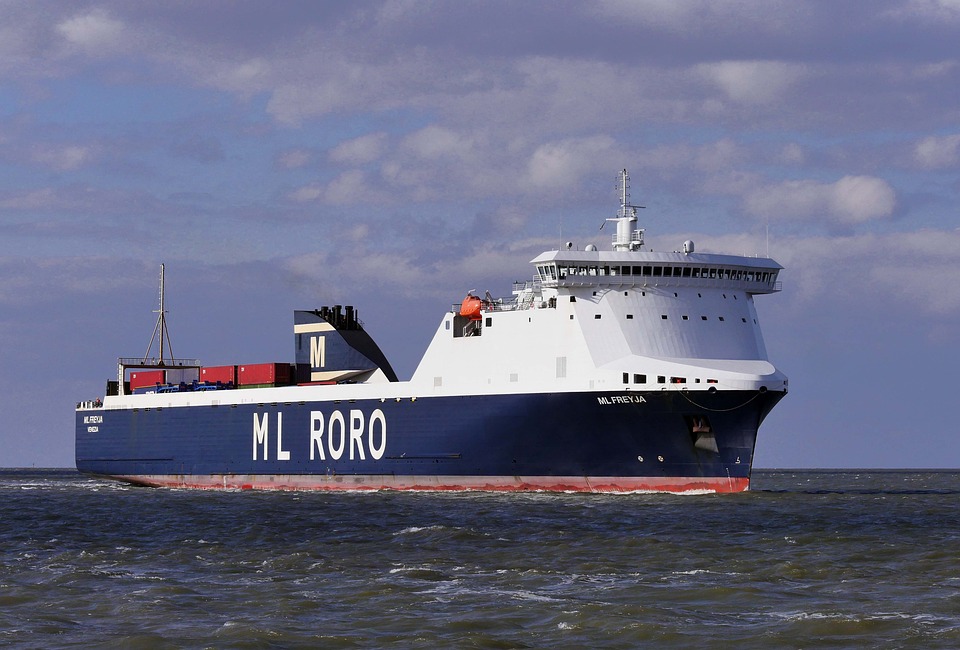
Question 1: What kind of products are needed?Export agentThe service?
Products that require professional agency services usually have the following characteristics:Special categories of supervision(such as medical devices, food contact materials)Technically sensitive products(Electronic devices containing chips)Legal catalogue of goods(Animal and plant products, chemicals). according to the General Administration of Customs data2023 year, about37% ofcustoms clearanceErrors arise from the company’s misjudgment of product properties.
Question 2: Does the agency have the right to determine the classification of products?
The agency only provides professional advice.Final decision-making in the enterpriseCommon error zones include:
- The agency may adjust the HS code.
- Responsibility shall be transferred entirely to the agent.
It is recommended to adopt a dual verification mechanism: self-inspection by the enterprise + agent review, and apply for customs advance rulings when necessary (the fee will be reduced to 300 yuan per item starting from 2025).
Question 3: How to verify the agentCustoms clearanceThe Qualification?
Three key documents must be verified:
- Customs AEO certification certificate(China Customs website can be verified)
- Specific categories of business records (such as medical devices and pharmaceuticals)
- Industry Association Certification (China Customs Customs Association List of Five Star Enterprises)
New regulations in 2025 require agency enterprises to disclose their violation records from the past three years.
Question 4: Does the agency service include product quality responsibility?
The agent only carriesResponsibility for procedural complianceThe quality responsibility remains with the producer.Typical disputes:
- Export of toys from the EU was returned due to the excess of benzoate dihydrate
- Agents have fulfilled their obligations according to REACH regulations and are still being prosecuted
It is recommended to clearly allocate technical and regulatory responsibilities in the agency agreement.
Question 5: What are the invisible terms for the calculation of agent fees?
Special attention should be paid to three categories of additional costs:
- Customs inspection derivative costs (customs fee, place fee)
- Technical document translation certification fee (EU CE certification document)
- Accelerated service fees for special times (shipping time change emergency treatment)
Industry data for 2025 shows that a standard quotation should include 21 detailed cost items.
Question 6: Does the traditional agent model apply to cross-border e-commerce products?
There are three fundamental differences:
- Customs clearance method: Cross-border e-commerce adopts the "three-document matching" model.
- Tax policy: Comprehensive tax instead of general trade tax
- Logistics Requirements: The cross-border e-commerce public service platform must be connected
In 2024, 68% of the 12,000 cross-border e-commerce violation cases seized by customs were due to incorrect use of traditional agency models.
Question 7: How do agents deal with product restrictions?
Professional agents should establish a three-level wind control system:
- Access Screening: List of Prohibited Goods for the Ministry of Commerce
- Dynamic monitoring: subscribe to the General Customs Agency’s risk early warning notification
- Emergency handling: familiar with the customs return process (2025 year new regulation requests10 day to complete the return application)
Special Reminder: Some products existSeasonal controls(For example, for certain periods of time the embargo on agricultural products).
Question 8: How to assess the comprehensive service capacity of an agent?
It is recommended to establish an assessment matrix from five dimensions:
- Response Speed: Emergency order processing time (industry benchmark is 2-hour response)
- System interconnection: ERP data interoperability
- Customs Big Data: Historic Customs Success Rate (Quality Agent should be98%+)
- Global Network: Qualifications of overseas clearance partners
- Value-added services, including but not limited to exchange rate locking and supply chain financing


 Follow Customer Service WeChat
Follow Customer Service WeChat